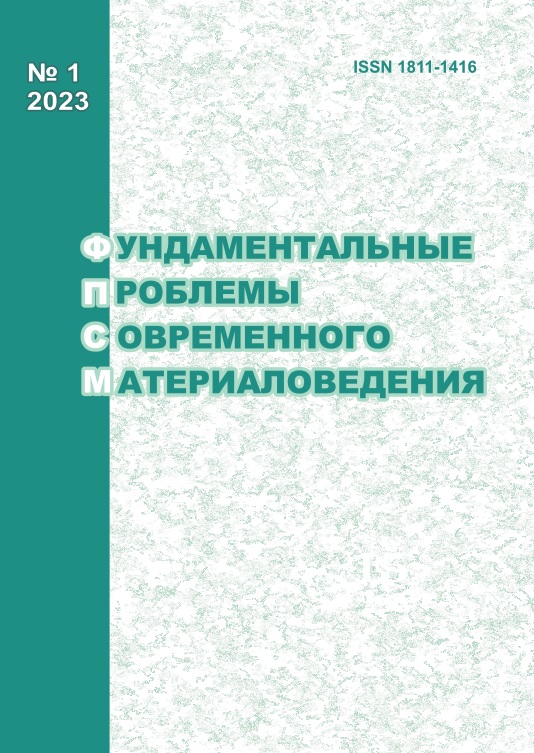CALCULATION OF THE ENERGY OF FORMATION OF EDGE, SCREW AND TWINNING DISLOCATIONS USING THE METHOD OF MOLECULAR DYNAMICS
10.25712/ASTU.1811-1416.2023.01.004
Keywords:
molecular dynamics, metal, dislocation, dislocation energy, twinning dislocationAbstract
A method is proposed for determining the energy of moving edge, screw, and twinning dislocations in fcc metals using molecular dynamics, which consists in constructing and analyzing the time dependence of the energy of the computational region through which the dislocation passes. Nickel, copper, silver, and austenite were taken as fcc metals. The Cleri-Rosato potentials were used to describe interatomic interactions in nickel, copper, and silver, and the Lau potential was used for austenite. The initiation of the formation and movement of a dislocation was carried out by shifting two parts of the end face of the calculation cell in different directions. A perfect dislocation appeared in the simulation immediately in the form of a split into a pair of partial Shockley dislocations separated by a stacking fault. The distance between partial dislocations was several nanometers. At high shear rates, it decreased. It was found that the shear rate affects the dislocation energy only up to values equal to approximately 40 m/s. At high velocities, the dislocation energy increases. In addition, it was found that, starting from 8 interatomic distances (approximately 20 Å), the width of the simulated computational cell with periodic conditions does not affect the obtained values of the dislocation energy. According to the data obtained, the energy of an edge dislocation is approximately one and a half times higher than the energy of a screw dislocation. For the metals under consideration, the dislocation energies correlate with the elastic characteristics. The energy of a twinning dislocation is substantially less than the energy of edge or screw dislocations. The moving twinning dislocation in the model was obtained as a result of the splitting of a screw dislocation on the twin into two partial dislocations that slide along the twin after splitting.












 Journal «Fundamental’nye problemy sovremennogo materialovedenia / Basic Problems of Material Science»
Journal «Fundamental’nye problemy sovremennogo materialovedenia / Basic Problems of Material Science» This work is licensed under a
This work is licensed under a 
